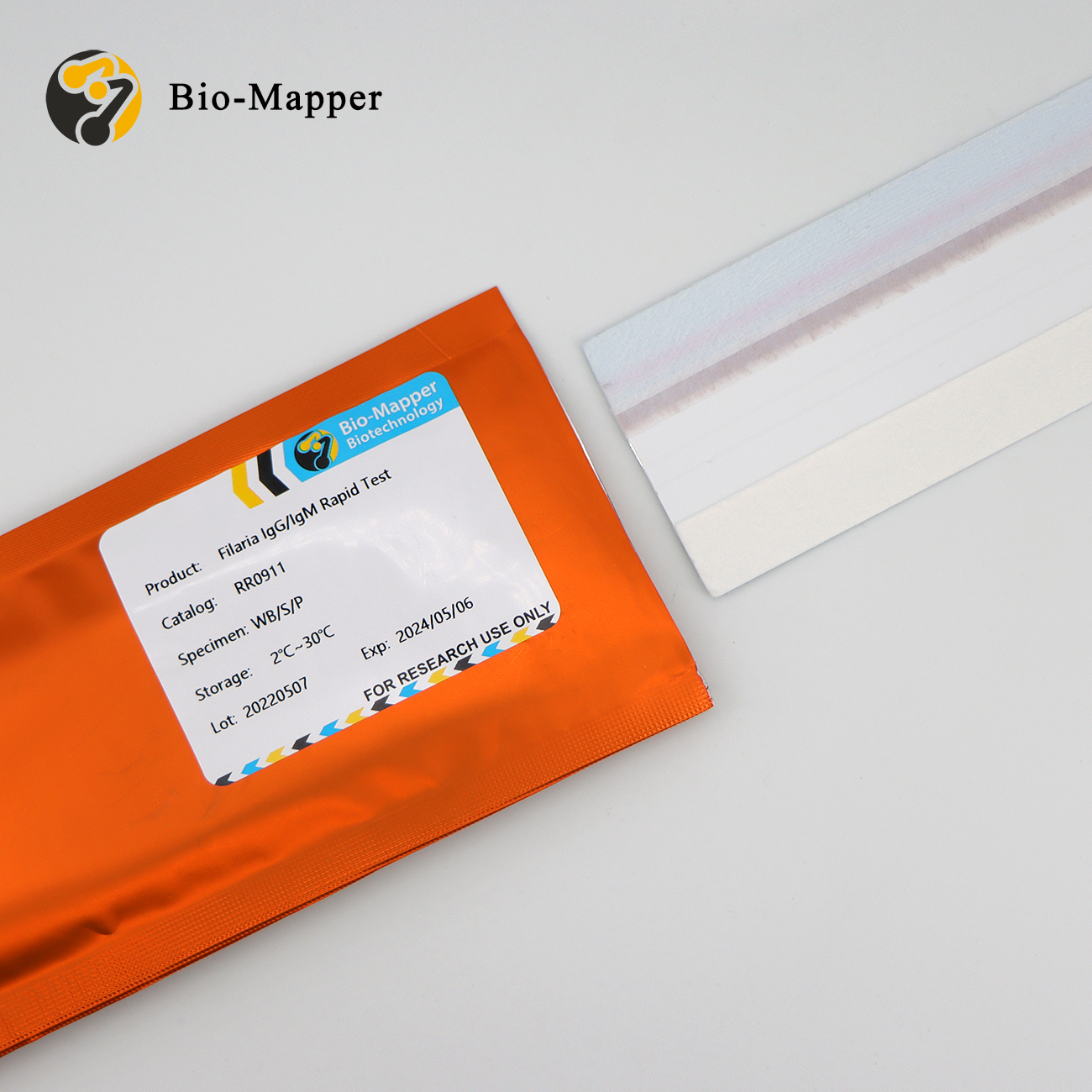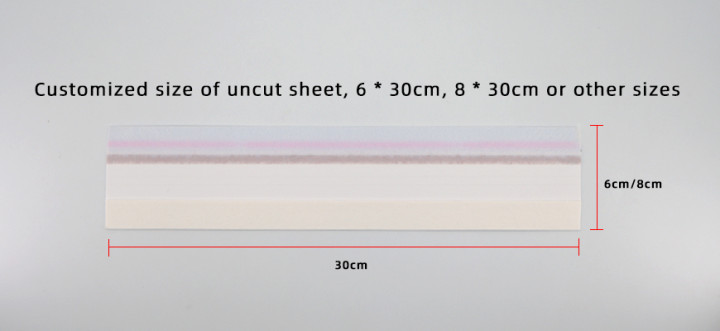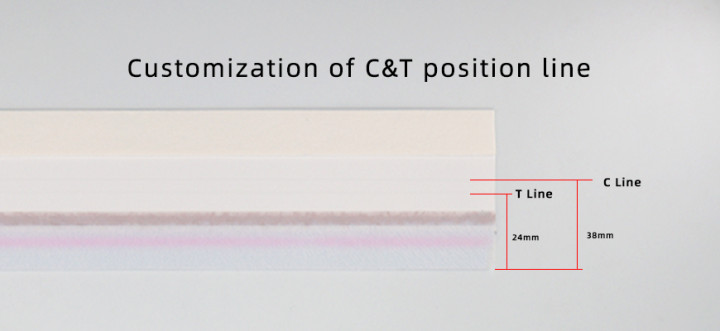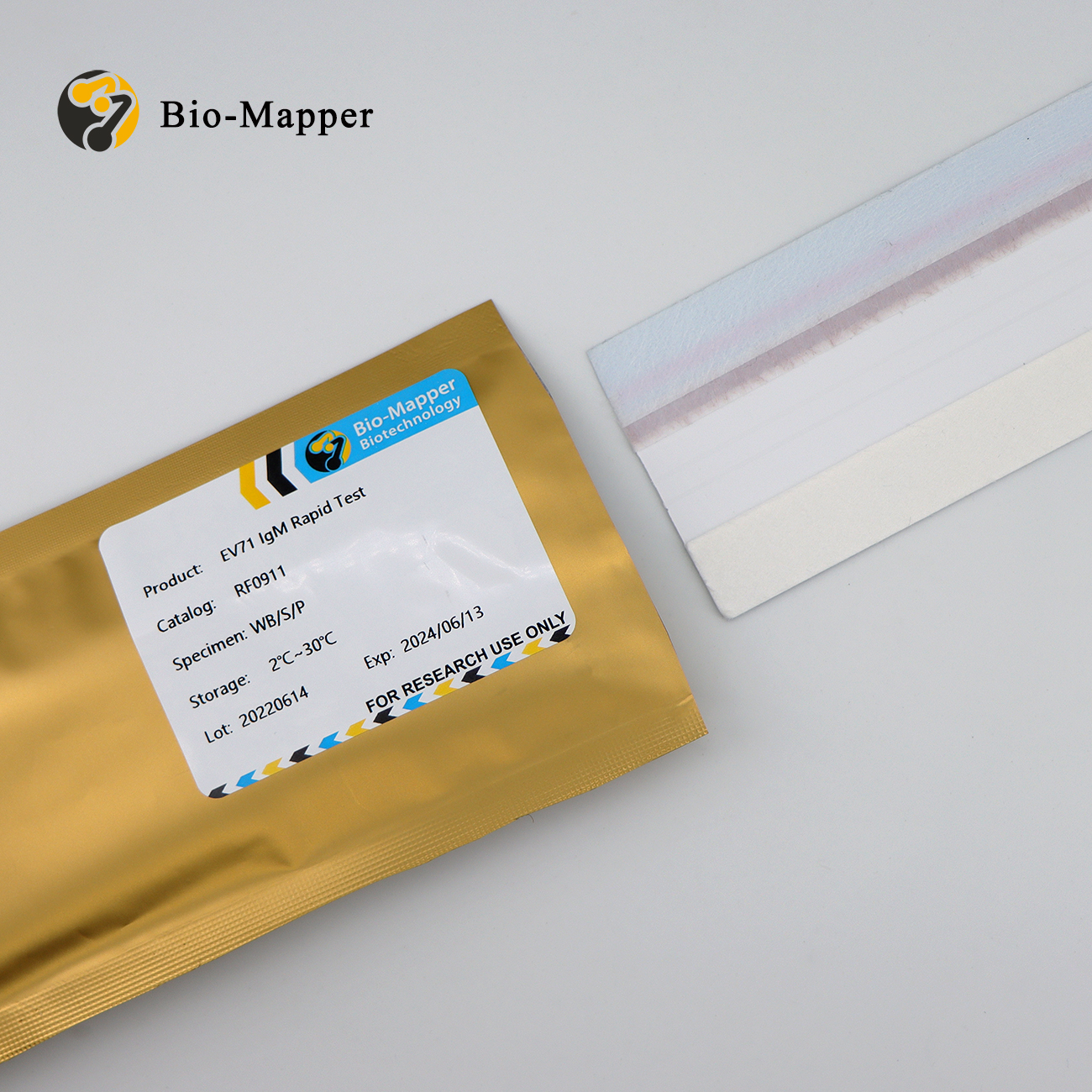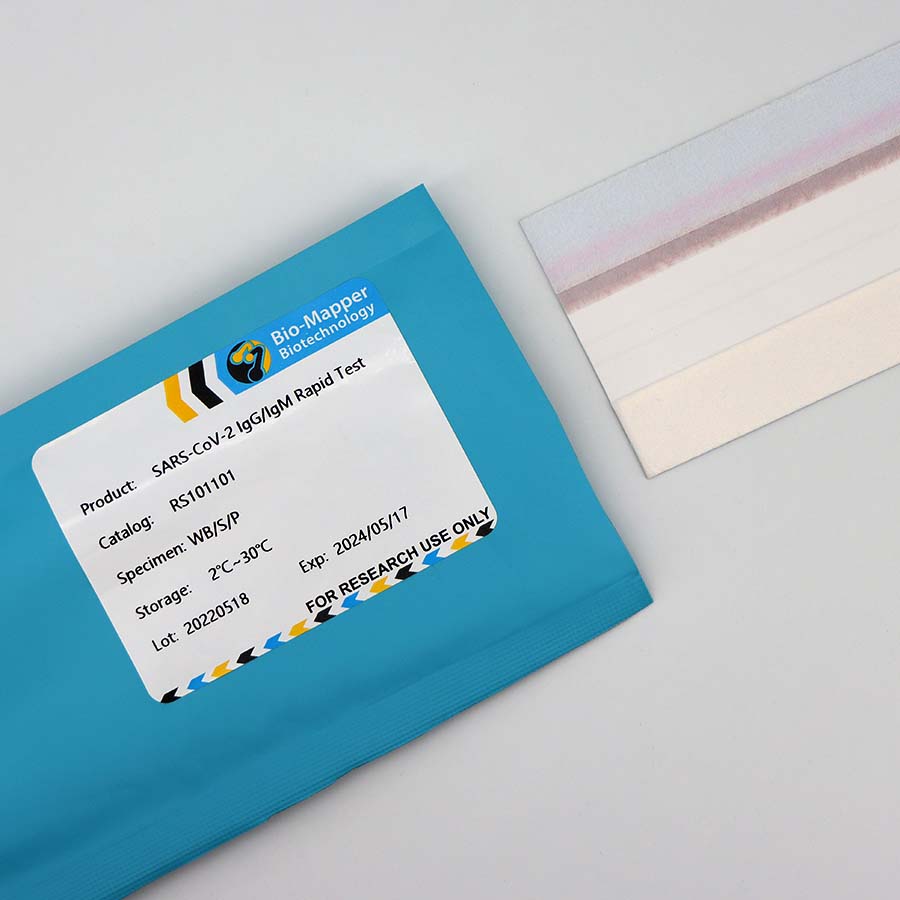Detailed description
The lymphatic filariasis known as Elephantiasis, mainly caused by W. bancrofti and B. malayi, affects about 120 million people over 80 countries. The disease is transmitted to humans by the bites of infected mosquitoes within which the microflariae sucked from an infected human subject develops into third-stage larvae. Generally, repeated and prolonged exposure to infected larvae is required for establishment of human infection. The definitive parasitologic diagnosis is the demonstration of microflariae in blood samples. However, this gold standard test is restricted by the requirement for nocturnal blood collection and lack of adequate sensitivity. Detection of circulating antigens is commercially available. Its usefulness is limited for W. bancrofti. In addition, microfilaremia and antigenemia develop from months to years after exposure. Antibody detection provides an early means to detect filarial parasite infection. Presence of IgM to the parasite antigens suggest current infection, whereas, IgG corresponds to late stage of infection or past infection. Furthermore, identification of conserved antigens allows ‘pan-filaria’ test to be applicable. Utilization of recombinant proteins eliminates cross-reaction with individuals having other parasitic diseases. The Filariasis IgG/IgM Combo Rapid Test uses conserved recombinant antigens to simultaneously detect IgG and IgM to the W. bancrofti and B. malayi parasites without the restriction on specimen collection.
